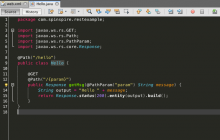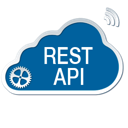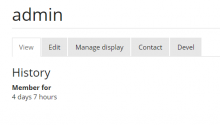JPA Using NetBeans and MySQL
In this article you will learn how to quickly get started with JPA. I will be using NetBeans and MySQL database to store data using JPA. If you have MySQL running, all you have to do is follow the steps below.
- Read more about JPA Using NetBeans and MySQL
- Log in to post comments












